These five religious horror films combine biblical or spiritual themes with human fear and suffering to create a haunting experience.
Believe it or not, horror and religion are intimately linked. Religious symbols, themes, and icons frequently appear in horror and continue to draw viewers. The most common theme that religious horror takes on is the concept of good versus evil, God versus Satan, God-fearing Christians versus witchcraft, or those deemed other.
Horrific elements found in biblical tales — death, bloodshed, sin, and revenge — are all present in horror films. Both religion and horror deal with the same kinds of irrational fears that plague us: fear of the unknown, death, and the supernatural. Some people rely on religion to alleviate their fears, but religion can also feed those fears.
When religion is incorporated into horror films, it creates a compelling contrast since horror represents what the Bible condemns: violence, gore, sex, and sin. Horror films often involve the presence of Satan, demonic possession, and holy figures. For instance, The Exorcist (1973), The Nun (2018), and Rosemary’s Baby (1968) all fall under the category of religious horror.
Each of the films listed below offers a unique perspective on religious horror, emphasizing the terror within human nature and the conflict religion can cause.
1. SAINT MAUD (2019)
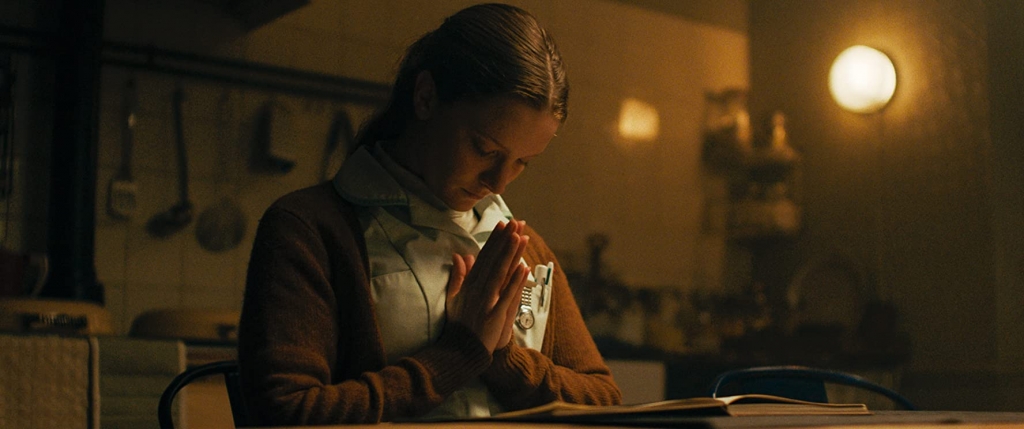
Saint Maud is a psychological horror film revolving around a self-destructive young woman hurtling toward religious destruction. Maud, played by Morfydd Clark, is a nurse and a religious zealot. She becomes obsessed with sainthood and her proximity to God, constantly searching for a divine connection. Through this obsession, she fixates on her patient, Amanda, played by Jennifer Ehle, an artist whose career ended due to chronic illness.
Saint Maud approaches themes of devout faith, loneliness, and mental illness with an unsettling air. Maud’s desperation for a connection with God, her obliviousness to others’ actions, and her volatile nature blind her to the chaos surrounding her. Her twisted desires drive the tumult and loneliness that wrap around her life.
Director and writer Rose Glass depicts this religious horror film by showing Maud’s descent into a warped devotion to God. Maud’s attachment to God and her belief in her brand of sainthood are indications of a more serious mental illness. Maud hurtles into a mental breakdown as she desperately attempts to satisfy her obsession with Amanda and her desire to connect with God.
Religious zealots tend to have euphoric experiences when they claim to communicate with God. For example, Maud states, “It’s like he’s physically in me.” Maud alters her image to embody a saint-like persona, yet her violent actions and descent into madness contradict saintliness.
The film’s take on religious horror is a horrifying depiction of the dangers of fixating on a religious mission.
I applaud Glass for her ability to blend themes of religion and horror into a terrifying, tense, and anxiety-inducing film.
2. THE PROPHECY (1995)
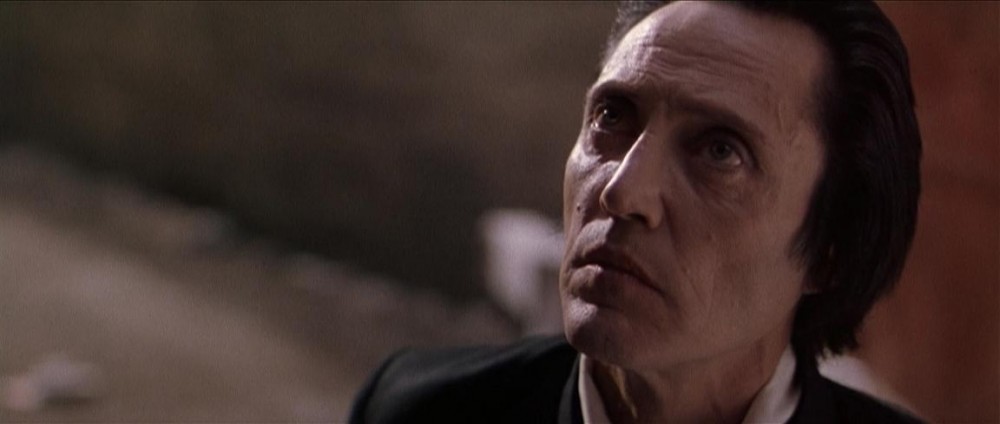
The Prophecy, directed and written by Gregory Widen, revolves around a celestial war. Widen combines supernatural suspense, graphic horror, and religious imagery.
A war rages in heaven over souls, and Gabriel (Christopher Walken), an angel, brings it to earth. Earth is unaware of this war until a police detective, and former priest, Thomas Dagget (Elias Koteas), discovers the presence of a dangerous prophecy. He becomes caught up in trying to protect a girl named Mary (Moriah ‘Shining Dove’ Snyder), who is the vessel for this hidden soul Gabriel is desperate to find. Gabriel, a bitter, evil angel, and Simon (Eric Stoltz), the angel who represents righteousness, battle against each other to end the stalemate.
As Thomas Dagget regains his faith, he attempts to deter Gabriel’s threats to save souls and his world.
The film presents God versus Lucifer, angels versus humans, and good versus evil in a stereotypical manner. With its apocalyptic doom, earthbound angels, and helpless souls, it evokes a Christocentric atmosphere. Religious imagery is present with angels and the Devil, but blood, bodies, violence, and terror mix with the holy icons. Faith and horror intermingle. The existential themes raise questions about the concept of Heaven and Hell, distorting the preconceived view.
Lucifer asks, “Do you know what Hell really is, Thomas? It’s not lakes of burning oil or chains of ice. It’s being removed from God’s sight, having His word taken from you. It’s hard to believe. So hard. I know that better than anyone.”
The Elysian atmosphere lends itself to a suspenseful experience.
3. MOTHER (2017)

Mother is director Darren Aronofsky’s subjective interpretation of God and his relationship with the earth based on biblical metaphors.
The story is about a wife and husband, Mother (Jennifer Lawrence) and Him (Javier Bardem), who reside in an old, secluded Victorian home. Mother wishes to enliven and revitalize the home, whereas Him, a writer, spends his time waiting for creative inspiration to strike. Then, two unexpected visitors arrive, Man (Ed Harris) and Woman (Michelle Pfeiffer), who turn out to be fans of Him.
Mother’s once peaceful home becomes infiltrated by swarms of admirers and chaos. Crowds storm Mother’s sanctuary. Mother becomes increasingly frustrated as chaos, terror, and violence reign upon her. After a night with Him, she discovers she’s pregnant, with her baby representing Jesus Christ. After the birth, Him takes the baby to show to his devoted followers. They grab and tear at the baby, and viewers watch the newborn die most grotesquely.
Mother reads like a biblical parable.
Lawrence’s character represents Mother Earth, Bardem represents God, Man and Woman represent Adam and Eve, and the crowds of people represent humanity and their inclination for destruction. With the appearances of Brian and Domhnall Gleeson, Aronofsky also incorporates Cain and Abel.
God’s relationship with Earth frames the film’s approach to religious horror. This interpretation suggests that God obsesses over creating, unaware that what he produces is destructive. He adores his acolytes but ignores Mother’s pain and the house’s deteriorating structure. The house is Mother Earth’s heart, and she is dying at the hands of mankind’s rapacious nature.
Mother‘s interpretation of religious horror is a destructive cycle of God’s inexhaustible creations, humanity’s mess, and the consequences of continued disastrous creations.
4. ANGEL HEART (1997)

Angel Heart is a psychological and religious horror film starring Mickey Rourke and Robert De Niro and directed by Alan Parker. The film is an adaptation of the 1978 novel Falling Angel, written by William Hjortsberg.
Harry Angel (Mickey Rourke) is a private investigator who Louis Cyphre (Robert De Niro) hires to investigate the disappearance of Johnny Favorite. The investigation leads him to a series of murders with satanic overtones, revealing the existence of Louisiana voodoo magic. With this ever-twisting plot, Angel becomes a suspect in the ritual murders, loses his sanity, and begins to question reality.
The devilish character of Louis Cyphre is a significant highlight, with him representing Satan himself. In his pointed fingernails, slicked-back hair, and nicely tailored suits, he embodies a devilish persona. The presence of voodoo magic instills fear in audiences because it contrasts with Christianity and represents a fear of anything different or unknown. Angel Heart not only weaves religious threads but also incorporates the spiritual culture of New Orleans.
There is religious representation in the characters, underlying themes, and storyline.
The scriptwriter, Alan Parker, provides us with pearls of wisdom with quotes from the film, such as, “They say there’s enough religion in the world to make men hate each other, but not enough to make them love,” which may be telling of society as a whole.
Angel Heart reflects the horrors of humanity with sinful acts like brutality and gore, yet it stands the test of time for its suspenseful storytelling and insightful commentary from Parker.
5. THE WAILING (2016)
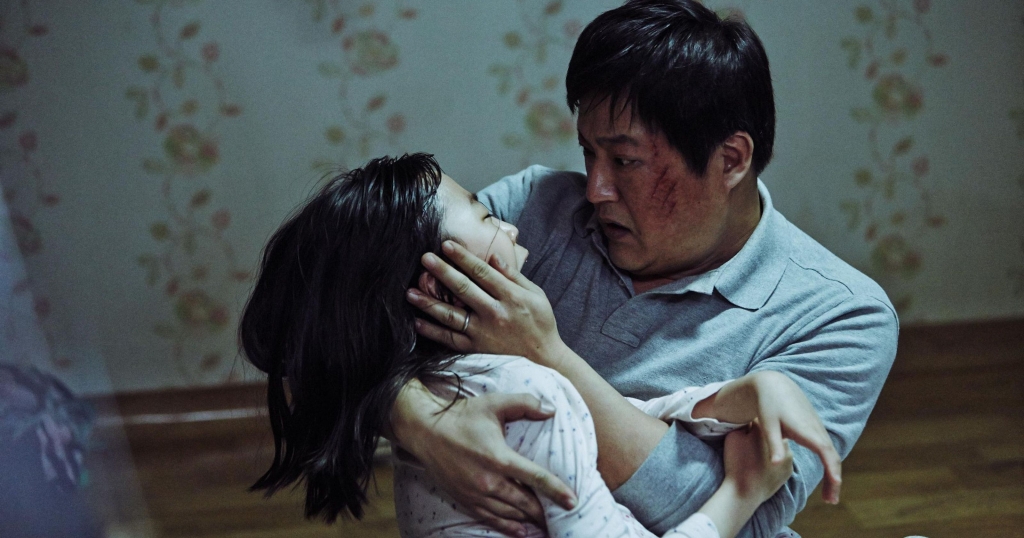
Director Na Hong-jin crafts a Korean horror-mystery masterpiece with faith and death as central themes.
When a small village called Goksung, in South Korea, witnesses horrific murders linked with a deadly disease that appears to point to the arrival of an outsider, mass hysteria ensues. Jong-Goo (Kwak Do-won), the police officer investigating the deaths, becomes preoccupied with the stranger. Some believe he’s the source of the evil and illness that spreads.
During his investigation, he discovers a goat head and photographs of the deceased sick people, confirming his and the villagers’ suspicions. When his daughter becomes ill, he finds himself in a race against time to solve the case, not just for his community but for his daughter’s life. Hong-jin creates suspense by making the audience wonder who is behind the sickness and atrocities and seamlessly incorporates different belief systems into the film.
The Wailing introduces itself as a religious horror film from the get-go with a passage from the Bible.
“They were startled and frightened, thinking they saw a ghost. He said to them, “Why are you troubled, and why do doubts rise in your minds? Look at my hands and my feet. It is I myself! Touch me and see; a ghost does not have flesh and bones, as you see I have.”
The incorporation of dark magic, exorcisms, and ritualistic ceremonies, and Hong-jin’s addition of belief systems, distinguishes The Wailing from other horror films, specifically Westernized religious horror films, as it integrates a wide range of religious aspects and beliefs.
Aside from the religious undertones, themes of grief and death speak to the film’s central focus. The Wailing reflects the reality of life’s unfinished business of finding answers to questions we desperately seek. This creative project is personal for Hong-jin because it started when he experienced the deaths of people he felt close to. Hong-jin states in a FilmColossus article that he had to find out why this happened. “So I began to meet and talk to the clergy of various religions, which was the starting point for this film.”
This horror film filled with ghosts, disease, and torment is an embodiment of an existential crisis because it raises the painful question, “Why did God do this to me and my family? Why me out of all people?” But it also serves as a reminder that goodness and hope remain, even in the face of darkness.


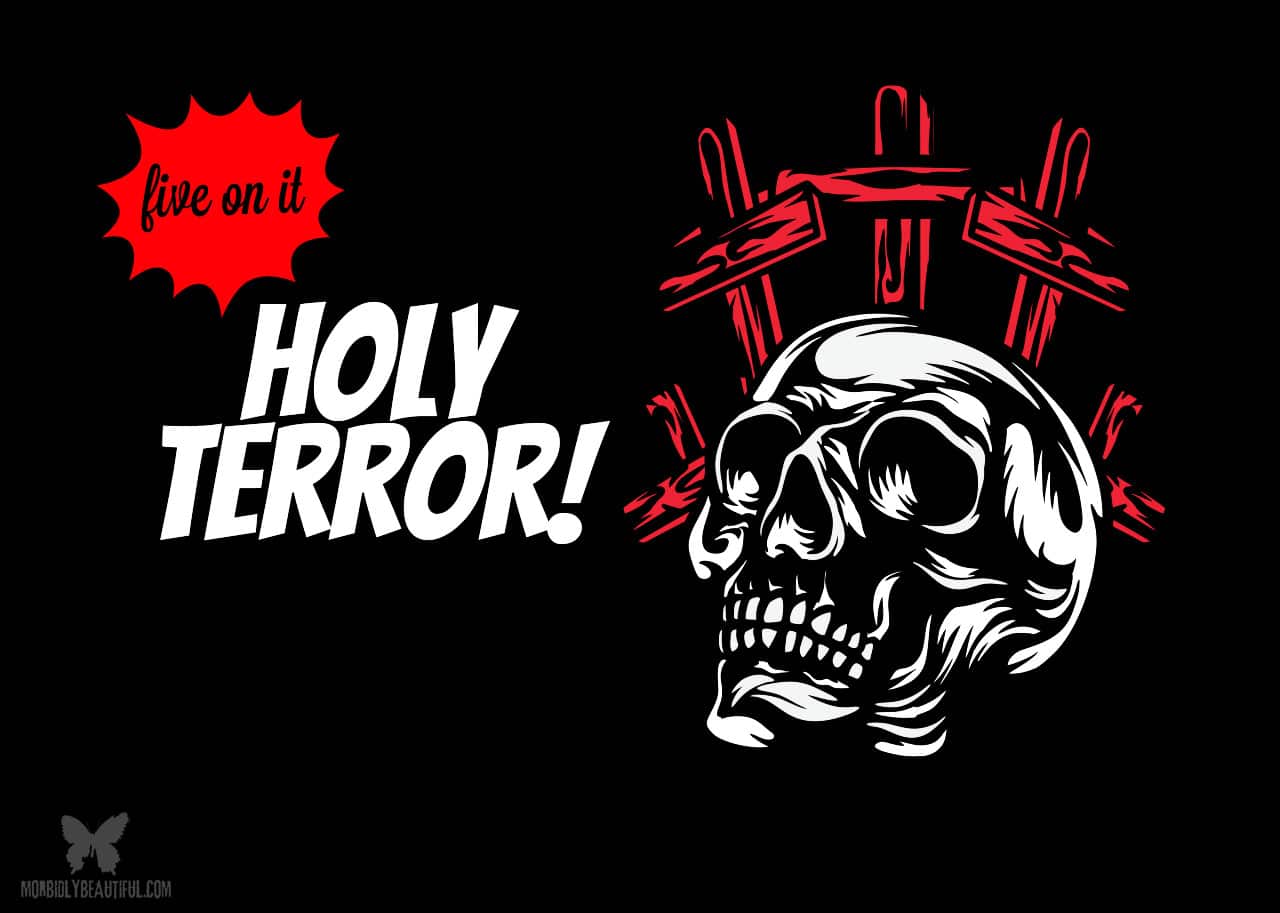
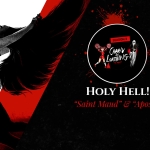
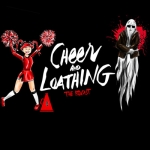
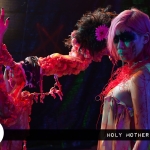
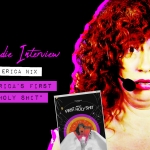




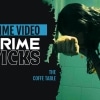


Follow Us!